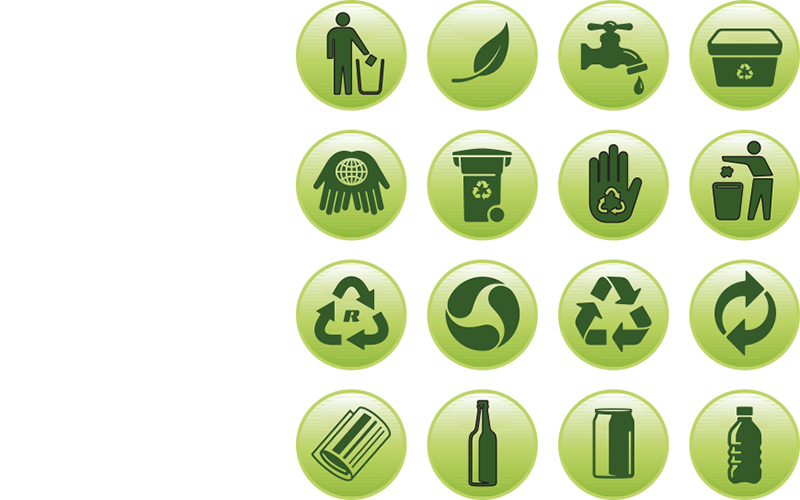NASA Services was honored to provide information on the new state recycling requirements and share what services are offered and how to properly sort materials at the City of La Cañada Flintridge’s town hall meeting. Attendees took home a compost pail to make home organics collection clean and convenient.
Using a compost pail is a convenient way to collect kitchen scraps and other organic materials for composting. Composting helps reduce waste and create nutrient-rich soil for your garden. Here’s how to use a compost pail effectively:
1. Place the NASA Pail: Position the NASA compost pail somewhere convenient in your kitchen, such as under the sink, on the countertop, or near your food prep area. Make it easily accessible to encourage regular use.
2. Prepare for Composting: Before you start using the NASA compost pail, educate yourself about what can and cannot be composted. Typically, compostable items include fruit and vegetable scraps, coffee grounds, eggshells, cooked meat, bones, dairy, & seafood, and food soiled paper. Avoid adding plastic, glass, or metal containers as they can slow down the composting process.
3. Line the NASA Pail (optional): Some people prefer to line their compost pail with a compostable liner or newspaper to make cleaning easier. While this is optional, it can help prevent food scraps from sticking to the pail’s interior.
4. Collect Compostable Materials: As you cook or generate kitchen waste, place the compostable materials into the pail. Chop larger items into smaller pieces to speed up decomposition.
5. Maintain the NASA Pail: Empty the pail regularly to prevent odors and fruit flies. Depending on how much waste you generate, this might be every few days or once a week. Transfer the collected materials to your outdoor compost bin or pile.
6. Clean the NASA Pail: Clean the compost pail regularly to prevent the buildup of residue and odors. Wash it with warm, soapy water, and let it dry before reusing.
7. Store Your Compost: If you have a backyard compost bin or pile, transfer the contents of your pail there. If not, bag all food before placing it in your NASA green cart or consider using a community composting facility.
8. Continue Composting: Repeat the process of filling the NASA compost pail, emptying it into your composting system, and maintaining it. Over time, the materials will decompose and turn into valuable compost for your garden.
9. Troubleshoot: If you encounter issues like foul odors or excessive pests, adjust your composting practices. Ensure a proper balance of greens (nitrogen-rich) and browns (carbon-rich) materials, and keep your compost pile well-aerated and moist.
By using a compost pail and following these steps, you can efficiently collect kitchen scraps and contribute to sustainable waste management and gardening practices.








